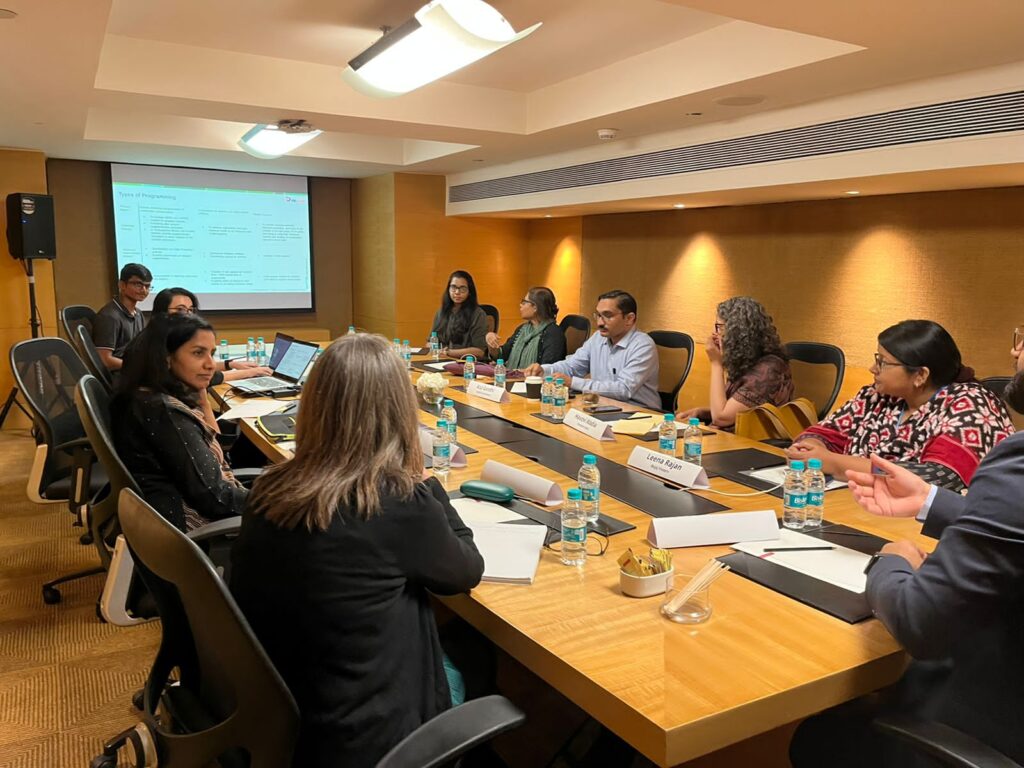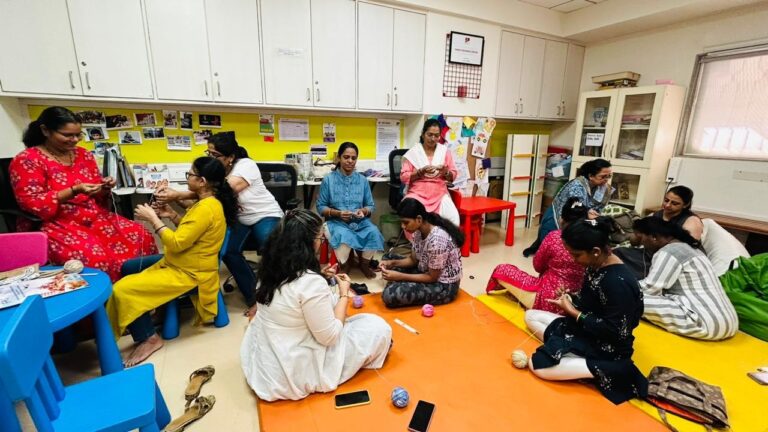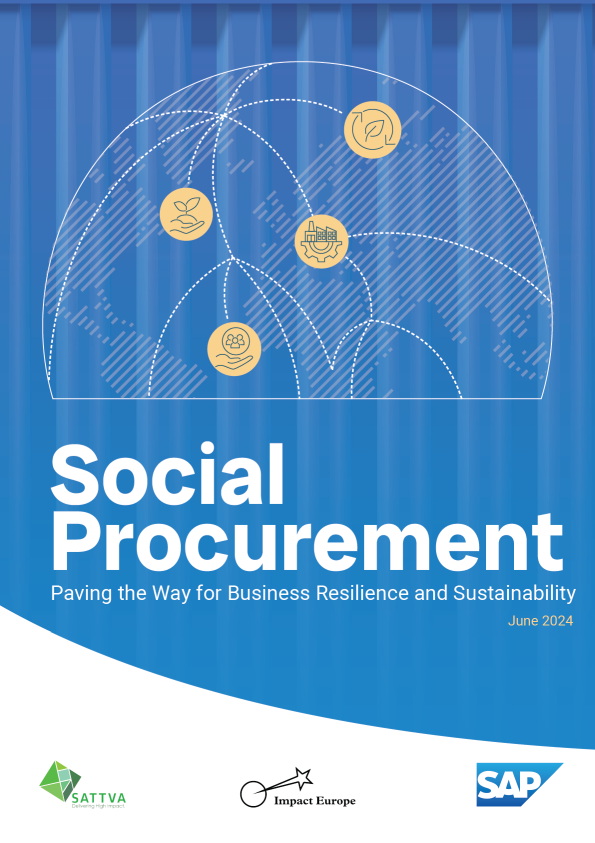Key takeaways and next steps from discussions with leading funders
Authors: Aditi Annapurna, Nitish M Chiniwar, Suvodeep Saha
There is need for a collective response to address severe risks to children in vulnerable communities. Sattva organised roundtables on “Effective Investments to Protect Children in India” to enable dialogues between leading funding organisations on high-potential programming models and ways to drive a coordinated and multi-stakeholder response to child protection in the country.
Through two roundtable discussions, leading funding organisations shared a host of approaches to child protection and child labour that have characteristics of high impact programming models and potential to engage multiple stakeholders. Through combining these characteristics, there is potential to develop holistic programs that ensure stronger child welfare across India.
Participants’ exchange of learnings at the roundtables resulted in the compilation of eight key features of high impact program design that would lead to the most effective child protection investments.
- Geography focused approaches in high need regions that allow for a concentration of efforts, efficient identification of challenges and local approaches to finding solutions
- Strong engagement with committed government bodies that leads to systemic change and sustainability
- Holistically designed programmes that enable simultaneous implementation of approaches to address the challenges from various angles
- Flexible long term funding from a group of like-minded funders
- A community led focus that builds the capacity of local champions and communities to identify and address their own needs
- A proactive and qualified core team on the ground that provides support to local partners, drives project implementation and enables flexibility to quickly adapt approaches
- Designed for scale as per the context of the challenge being addressed
- Focus on evidence generation and evaluation to track progress and make adjustments
The discussions further led to identifying the following needs on the future pathways for collective actions in the child protection space. The need for:
- High impact programs designed based on the eight key features described above
- Strengthening child protection infrastructure at a local level
- Catalysing domestic funding for child protection, to work alongside international philanthropic efforts
- Knowledge sharing among funders and implementing organisations to help integrate best practices across organisations in the sector
- Collective action from key stakeholders in the child protection ecosystem in India
Collective action should focus on addressing specific challenges in well defined high risk geographies / marginalised communities by designing impact interventions based on the eight key features mentioned above.
This report (click the ‘Download PDF’ link on the right side of this page) summarises the discussions from the roundtable, and indicates future directions for cross-organizational collaboration in this space.




